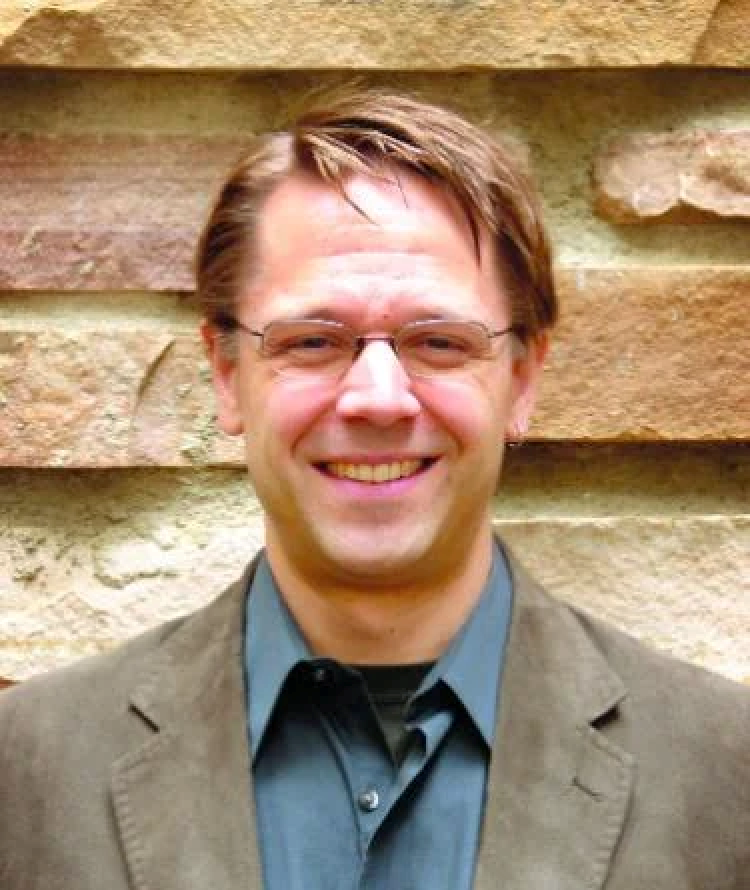CU Boulder’s Bortz group, in applied math, wins $1.88 million National Institutes of Health grant to study methods for learning models directly from data
David Bortz, a University of Colorado Boulder professor of applied mathematics, has received a $1.88 million National Institutes of Health (NIH) Maximizing Investigators’ Research Award to support research on computational methods for data-driven modeling in the biomedical sciences.
Data-driven discovery methods are a recently developed class of machine learning algorithms that can reveal “governing model equations” directly from data. They leverage more than 70 years of advances in computational mathematics and mathematical modeling to bypass many of the current challenges modelers face.
Unfortunately, the first generation of these methods has not dealt well with the types of intrinsic noise and measurement errors commonly found in biomedical data.

CU Boulder researcher David Bortz recently received a $1.88 million National Institutes of Health (NIH) Maximizing Investigators’ Research Award.
With this grant, Bortz and his group will develop robust methods and use them to study important questions in two biomedical applications. The first area involves a collaboration with Xuedong Liu, a CU Boulder professor of biochemisty, to help understand what biochemical and biomechanical communication between cells drives collective motion during wound healing.
The second area builds on Bortz's work on the Colorado COVID-19 modeling team. The collaboration with Beth Carlton, a CU Anschutz associate professor of environmental and occupational health, will develop a framework for rapid analysis of infectious disease data to infer time varying infection rates as well as forecast likely hospitalization needs in different regions of the state.
The analysis methods are all built on the Weak form Sparse Identification of Nonlinear Dynamics (WSINDy) algorithm created by Bortz and Dan Messenger, a former PhD student and now postdoctoral researcher in the group. WSINDy learns a noise-filtered version of the equations that is both robust to large, biomedically relevant levels of noise and scientifically interpretable.
"The proposed research and methods supported by this grant completely bypasses the traditional mathematical model development/simulation/validation/refinement loop, focusing directly on the process of model creation itself," says Bortz.
He notes that WSINDy has already found success in a wide range of applications. For example, Messenger and Bortz, in collaboration with Liu, recently published a paper showing how it can be used to learn the biomechanical models that cells use during collective migration. There is also forthcoming work by April Tran, a PhD student in the group, that applies WSINDy to discover noise robust and fast surrogate models for use when a full model is computationally prohibitive.
"We are excited and grateful to the Division of Biophysics, Biomedical Technology and Computational Biosciences for funding this work and look forward to advancing methods for data-driven modeling, discovering novel therapeutic targets for enhanced wound healing and providing public health officials with the most accurate disease prevalence forecasts," says Bortz.
According to the National Institute of General Medical Sciences (NIGMS), "The goal of MIRA is to increase the efficiency of NIGMS funding by providing investigators with greater stability and flexibility, thereby enhancing scientific productivity and the chances for important breakthroughs."
Did you enjoy this article? Subcribe to our newsletter. Passionate about applied mathematics? Show your support.



